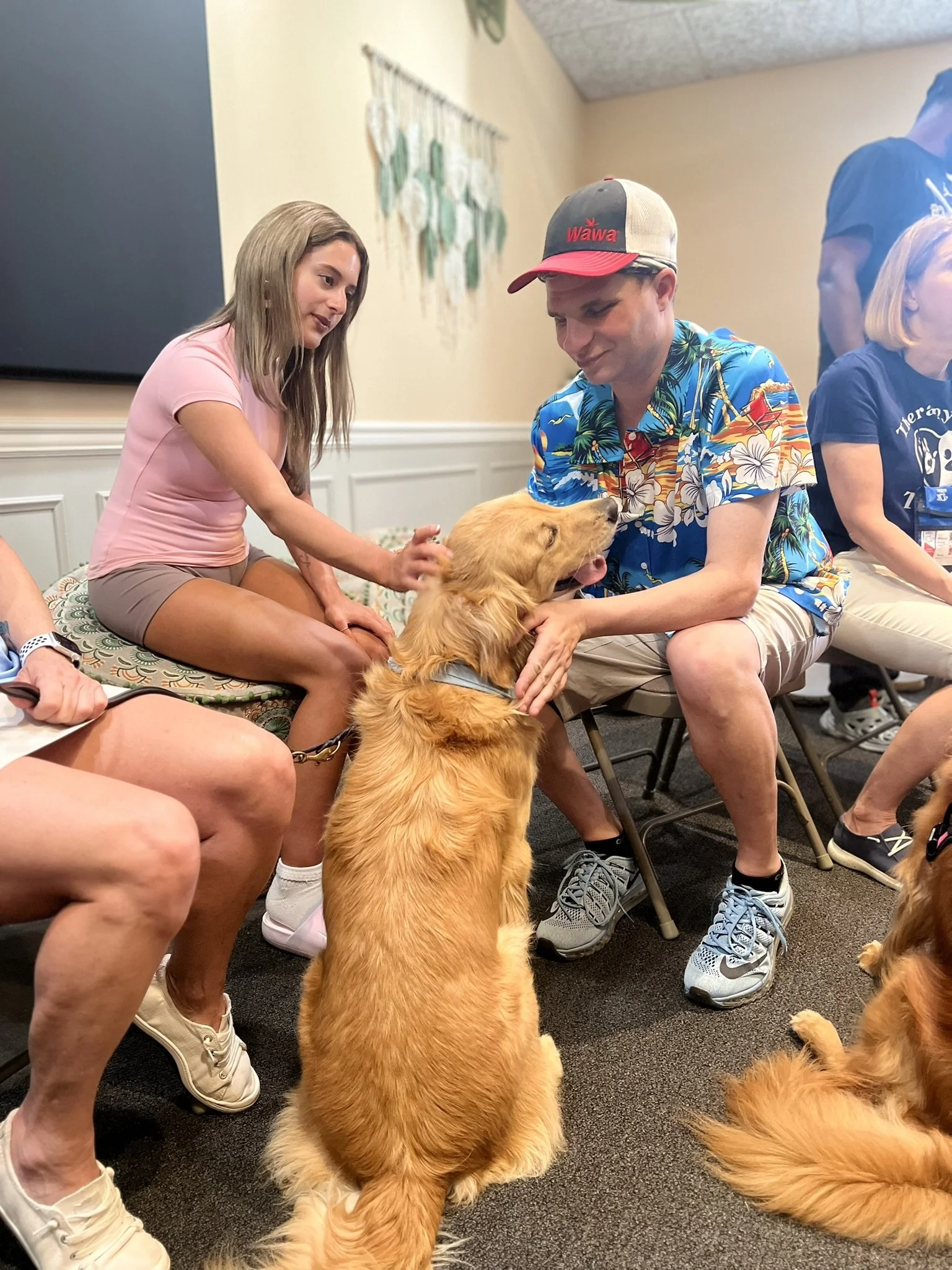Connection: How Community Can Heal a Public Health Crisis
In a time of unprecedented technological connection, many of us are lonelier than ever. That reality is now backed by science. In 2023, Surgeon General Dr. Vivek Murthy issued an extraordinary advisory, declaring loneliness and social disconnection a national epidemic. The World Health Organization followed shortly after, naming loneliness a global public health concern and forming an international commission to confront it. Behind these headlines is a growing body of research showing that chronic loneliness can be just as harmful to our health as smoking a pack of cigarettes a day. It increases the risk of heart disease, stroke, anxiety, depression, cognitive decline, and even early death.
What’s especially troubling is how invisible it can be. Disconnection doesn’t always look like isolation. You can be surrounded by people and still feel profoundly alone. This is especially true for individuals with intellectual and developmental disabilities (I/DD), autism, caregivers, older adults, and those navigating trauma or financial hardship. These aren’t just social challenges—they are public health risks.
But here’s the good news: we already know the antidote.
Healing happens through connection. Human beings are wired for community, and when we have consistent, supportive relationships, we thrive. Research from Harvard, the CDC, and countless global studies all reinforce the same conclusion: when people feel a sense of belonging, their health improves. They recover faster, live longer, and cope more effectively with stress. Even their immune systems function better. Conversely, when connection is missing, the body registers it as a state of threat. Stress hormones rise, inflammation increases, and resilience plummets.
This isn’t just theory—it’s observable in real communities around the world.
In Okinawa, Japan, elders remain part of lifelong social circles called moai that offer emotional and practical support into old age. In Sardinia, Italy, neighbors visit one another daily, generations live together, and everyone has a role to play. These regions are what researchers call “Blue Zones”—places where people not only live longer, but report higher quality of life. And community is always at the center of it.
Other countries are taking these insights seriously. The United Kingdom has gone so far as to appoint a Minister for Loneliness. Doctors there are now “prescribing” community engagement—like joining a walking group or volunteering—as part of a holistic treatment plan. China is investing in age-friendly public spaces that encourage intergenerational connection. Singapore has designed public housing to bring neighbors together and reduce isolation among seniors. These countries recognize that community is not just a cultural ideal—it’s healthcare infrastructure.
Here in the U.S., we’re behind—but we don’t have to stay that way.
At Shared Wellness, we’ve spent years listening to people who live at the intersection of disability, caregiving, trauma, and money and time constraints. What we’ve heard is consistent: people don’t just need services—they need spaces that see them, support them, and include them. They need somewhere to show up, be welcomed, and grow alongside others.
That’s why we’re building the Wellness Center in Warrington, Pennsylvania, opening in Fall 2025.
The Wellness Center will be a trauma-informed, community-rooted space where healing is shared—not siloed. We envision a place where individuals with I/DD, autism, and their caregivers can access not only therapies and services, but creative outlets, peer support, and moments of joy. Where veterans and first responders can recover from burnout in the company of others who understand. Where young families navigating financial strain can breathe, connect, and find a sense of belonging.
This isn’t a medical facility in the traditional sense. It’s a gathering space with intention—a place that says, “You matter. You’re not alone. Let’s take care of each other.”
The support for this vision is growing. Recently, State Representative Melissa Cerrato met with our leadership and offered her enthusiastic endorsement of the project. A former caregiver herself, Rep. Cerrato understands what it means to live without adequate support—and why building community around care is essential. She joins other local leaders, like Representative Brian Munroe, who are standing with us to make whole-person care accessible for all.
This work is about more than a building. It’s about reshaping what wellness means—and who it’s for. Because too often, wellness is treated as a luxury: something you access if you can afford a membership, a private therapist, or time off work. At Shared Wellness, we believe everyone should have access to a calming, beautiful space focused on healing.
We believe that when people are given the chance to show up and connect, they don’t just get healthier—they get stronger. They become part of something bigger than themselves. And that is what truly sustains us.
The loneliness epidemic may be daunting, but it’s not inevitable. Together, we can build something different. A place where wellness isn’t isolated or individual—it’s shared.
Learn more about the Shared Wellness Center and how you can get involved at SharedWellness.org.

